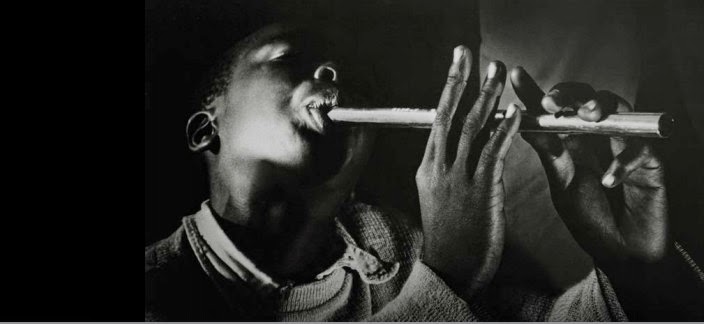By Boris Gorelik
There is nothing second-rate about collecting Tretchikoff prints. In fact, a good collection of his reproductions is a homage to the mid 1950-60s, their peculiar popular tastes, hopes, ideals and artefacts. At eBay, this is known as the ‘Tretchikoff Era’.
The millions of people who purchased these prints across the Commonwealth – from Cape Town to Canterbury, from Winnipeg to Wellington, from Sydney to Singapore – had never seen the originals. Almost all the Tretchikoff paintings were in private hands. No museum or art gallery in the world owned a single canvas. For decades, for generations even, the general public had no access to the actual paintings.
The Chinese Girl, Tretchi’s most popular image, became known throughout the world as the ‘Green Lady’ – because of her unusual complexion. But the colour was rendered differently in reproductions, depending on the market and the degree of fading. So this picture was also often called the ‘Blue Lady’.
Tretchikoff iconic works – Lost Orchid, The Dying Swan, Journey’s End, Penny Whistlers, Balinese Girl, Miss Wong or Lady from Orient – have not been seen by the general public for over half a century. They adorn the walls of their owners’ homes, revealed only to their guests, friends and family.
These paintings have existed almost in a different reality. The reproductions have, in a sense, become self-standing art objets.
Tretchikoff prints have their own history, their own aesthetic value. They are fragments of the rich tapestry of popular culture, relics of the times long gone. Though reproductions are essentially derivative, secondary, this is almost not the case with prints of paintings by Tretchi or other mass-market artists of his era – such as J H Lynch, Lou Shabner, David Shepherd or Giovanni Bragolin. Extremely few can claim to have seen the original canvases but almost everyone is familiar with the images from reproductions in ordinary people’s homes.
The Tretchikoff pictures and their heyday – the 1950-1950s – are inextricable. Though new printings are available (for instance, by Felix Rosenstiel's Widow & Son, of London), the vintage reproductions have a higher value, even if the condition is far from mint.
In Britain, according to Frost & Reed’s 1962 catalogue, Chinese Girl, Lady from Orient and Balinese Girl lithographs cost £2 7s 9d each. Taking into account average earnings at the time, that is equivalent to about £90 ($135) today.
Two decades later, the prices remained virtually unchanged. Tretchikoff had fallen out of favour with the print-buying public. In the 1980s, his reproductions were no longer produced while his canvases went for hundreds of pounds. Wayne Hemingway, a prominent British designer, told me: ‘Whenever I went to a car boot sale, Tretchikoff prints were always there, along with J H Lynch’s Tina or Stephen Pearson’s Wings of Love. And they were always cheap – a pound, two pounds. Nobody bought them. People thought they were naff.’
The 1990s saw the resurgence of the 1950s-style interiors and with it of the interest in Tretchikoff images. They went so well with the trendy retro chic decors. This kick-started a sort of a Tretchikoff revival. His prints started to appear not only in the homes of personalities but also in fashionable clubs and restaurants, in films and music videos and not least in works by younger artists. Eventually, in 2011, the first ever retrospective of Tretchikoff paintings took place at the South African National Gallery.
The prices of Tretchikoff prints have soared. Particularly, those of pictures in original, rather tacky frames. In Britain, these were framed mostly Boots or Woolworths. In South Africa, those were large department stores like Ansteys, John Orrs and Stuttafords, where his reproductions sold in their thousands.
Tretchikoff canvases these days fetch £11,000-16,500 ($16,000-25,000) on the average. The most valuable paintings go for millions. The iconic Chinese Girl fetched almost £1,000,000 (1,500,000) at Bonhams this March. For all that, the vintage prints are still relatively affordable.
The favourites in good or mint condition, in original frames, are usually offered for £80-130 ($120-200) (depending on their size). These are Chinese Girl, Miss Wong, Lady from Orient, Lost Orchid, The Dying Swan, Weeping Rose and Balinese Girl. Lesser-known images typically fetch lower prices. There is little correlation between the aesthetic merits of the picture and its commercial value in this case. Zulu Girl or Penny Whistlers are probably less ‘kitschy’ than his best-sellers but they cannot command similar prices. Like in pop music, everybody wants the hits.
‘In the next generation, Tretchikoff prints will probably change hands for £300–£400,’ says Wayne Hemingway. He believes that these pictures are here to stay – because of their associations with a visually rich period.
Indeed, as time goes by, there will be less and less vintage reproductions available. Though once they were almost omnipresent, most of them have perished. With the rising value of the original paintings, this plays right into the collectors’ hands.
Boris Gorelik is a Russian writer and historian.
His
Incredible Tretchikoff is the first complete illustrated biography of the artist. It was published in London and Cape Town in 2013.
.jpg)







.jpg)
.jpg)

.jpg)

.jpg)











